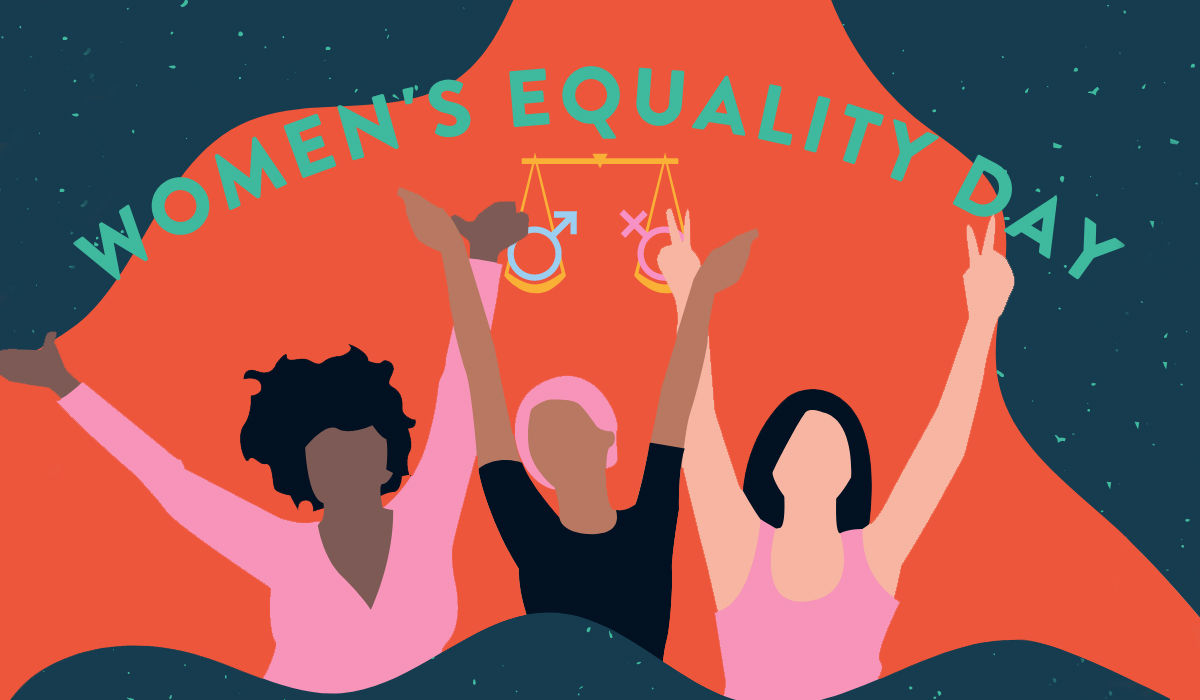Given the recent developments in this country, it probably doesn’t feel like women have equal rights right now. Although Women’s Equality Day is nationally recognized, many wonder about the true existence of gender equality, or if we’ll ever achieve it. Where do the imbalances continue to reside and how can we ensure that this day truly means something?
First, What is Women’s Equality Day?
Women’s Equality Day is celebrated annually on August 26 and was created in 1970 to commemorate the passing of the Nineteenth Amendment of the U.S. Constitution, prohibiting the denial of a citizen’s vote based on sex. Women activists and suffragists like Susan B. Anthony, Ida B. Wells, and many others fought to extend rights to women that their male counterparts already possessed. One of the most notable is the right to vote.
Why is it important?
Women’s Equality Day not only sheds light on women’s successes of the past but also encourages and enables us to address current issues like the gender wage gap and gender-based discrimination. Despite the proclamation of the Nineteenth Amendment, women still face adversity, especially in the workplace. For example, according to Pew Research Center, women earned 84% of what men did just two years ago.
Additionally, men statistically hold higher positions in the workplace than women. As of 2018, women represent only 5% of Fortune 500 CEOs. The imbalance between men and women in senior leadership positions creates a barricade for younger women having fewer mentors and role models of the same gender in their fields. Women in the workplace deserve promotions akin to their male counterparts, equal pay, and respect. The disparity between prosperous positions among men and women in the workplace is ongoing and is another critical reason for Women’s Equality Day.
Not only do women earn less money than men and are promoted less frequently, but they’re also more likely to quit their job due to caregiving demands and lack of support from their employers. According to Motherly’s 2022 State of Motherhood survey, 26% of the 17,000 women that responded said that childcare issues are the number one reason they changed their professional lives in the last year. In the same survey, 58% of respondents said that they’ve at least thought about leaving the workplace due to the demands of childcare and lack of support from their employers. The pandemic significantly impacted caregiving options for families, and these statistics show it’s more often women who sacrifice their careers to care for their children. In general, the majority of employers do not offer more than eight weeks of paid maternity leave, flexible schedules, and other benefits for employees, affecting women’s ability to stay in the workforce after childbirth.
How do you celebrate Women’s Equality Day?
Start recognizing Women’s Equality Day by educating yourself on women’s history. Visit a museum, research women’s rights activists, or read books on the subject. If you’d like your company to get involved, consider developing a plan to introduce a mentorship or sponsorship program to establish more female leaders in the workplace. You can also consider, as an individual or a business entity, donating to organizations that support women around the world. And don’t forget to volunteer with local organizations that benefit women, like Planned Parenthood or women’s shelters.
If you’re looking for more ways to support women, read our post on how to be an ally or our article about tokenism in the workplace and how to prevent it.
[vc_widget_sidebar sidebar_id=”default” el_class=”post-sidebar”]






